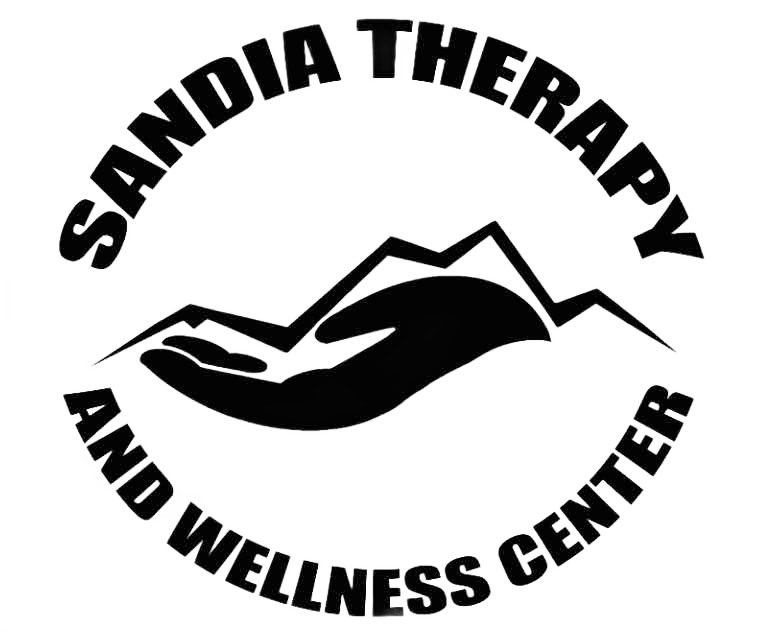How To Practice Mindfulness

This course is designed to provide participants with tools to support emotional well-being and stress management. It combines guided mindfulness meditations, relaxation exercises, and mental health resources that can be used between sessions for ongoing support. Ideal for individuals looking to enhance self-awareness, build resilience, and develop coping strategies, the course encourages participants to explore mindful practices at their own pace. Each module will include downloadable exercises, audio guides, and practical tips for integrating mindfulness into daily life.
This course provides educational content to support personal wellness and does not substitute for professional mental health therapy. These resources and practices are not a form of mental health treatment. If you are experiencing distress or require mental health support, please contact a licensed mental health provider for guidance.
Click on the button to make an appointment with one of our therapists in Albuquerque, NM
Chapter 1
Lesson 1: Introduction to Mindfulness
IN THIS LESSON
Overview of Mindfulness
Mindfulness is a technique that can help with mental health in many ways, including:
- Stress reduction: Mindfulness can help you feel calmer and less stressed.
- Improved relationships: Mindfulness can help you improve your relationships with others.
- Better understanding of emotions: Mindfulness can help you understand your emotions better and cope with difficult thoughts.
- Improved concentration: Mindfulness can help boost your attention and concentration.
- Better decision making: Mindfulness can help you make better decisions by engaging the wiser parts of your brain.
- Improved memory: Mindfulness can help you pay attention to situations, which can make them easier to remember.
- Reduced anxiety and depression: Mindfulness-based treatments can help reduce anxiety and depression.
- Improved sleep: Mindfulness can help improve sleep.
- Reduced blood pressure: Mindfulness can help lower blood pressure.
- Pain relief: Mindfulness may help people cope with pain.
- Healthier choices: Mindfulness can help you make healthier choices, such as eating a healthier diet.
Mindfulness involves noticing what's happening in the present moment without judgment. You can practice mindfulness throughout the day, even while doing other things.
Read more --> The Benefits of Living Moment by Moment
This course provides educational content to support personal wellness and does not substitute for professional mental health therapy. These resources and practices are not a form of mental health treatment. If you are experiencing distress or require mental health support, please contact a licensed mental health provider for guidance.
Chapter 1
Lesson 2: Meditation Posture
IN THIS LESSON
Meditation Posture
Mindful posture is important for meditation because it:
- Sets the intention: A preferred posture can help signal to your body and mind that it's time to meditate, which can help you get into a meditative state faster.
- Helps you focus: Good posture can help you shut out distractions and focus on your breath, which can help you settle into a relaxed state.
- Improves awareness: Mindful postures can help you become more aware of your body and improve your sense of embodiment.
- Prevents discomfort: Good posture can help prevent unnecessary discomfort during meditation.
Here are some tips for good meditation posture:
- Sit upright: Sit upright with your chest up and your chin aligned with the floor.
- Elongate your spine: Keep your spine straight and relaxed.
- Center your butt: Keep your butt centered in the chair or cushion.
- Position your knees: Your knees should be below your hips.
- Take breaks: It's okay to take a break from your meditation posture, especially during longer sessions.
If sitting is uncomfortable, you can try lying down on the floor.

Chapter 2
Lesson 1: Mindfulness Meditation
IN THIS LESSON
Mindfulness Meditation
Mindfulness and What To Expect
What is and isn’t mindfulness? How do we practice? Is it clearing our mind?
In this video we discuss that mindfulness is not about completely clearing the mind, but about noticing you have been distracted. We can notice non-judgmentally and return our focus to the breath or whatever we are focusing on, and be gentle and compassionate with ourselves.
Chapter 2
Lesson 2: Mindful Breathing
IN THIS LESSON
Mindful Breathing
Chloe Edgar leads you through a mindfulness meditation of Mindful Breathing. This meditation is from Sharon Salzburg’s book, Real Happiness.
